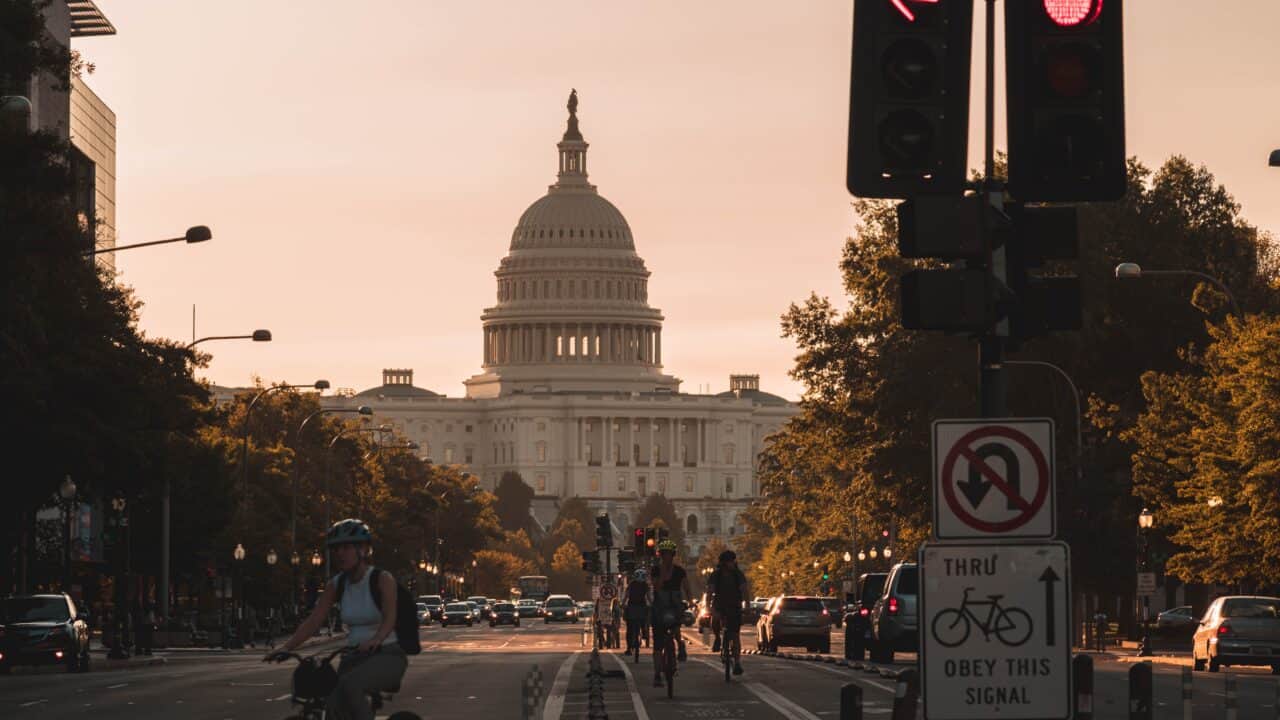 Photo by Andy Feliciotti on Unsplash https://unsplash.com/photos/isg8AL7-6uk
Photo by Andy Feliciotti on Unsplash https://unsplash.com/photos/isg8AL7-6uk
The Republican Study Committee Budget and Spending Task Force, led by Rep. Kevin Hern (R-Okla.) and Chairman Jim Banks (R-Ind.), recently released its FY2023 Budget, the “Blueprint to Save America.”
In addition to numerous tax cuts for working families and small businesses, the Budget contains important institutional and constitutional protections for taxpayers, and vital constraints on spending.
The Budget’s “Budget Process Reform” section calls for numerous reforms including inflationary spending transparency, a Balanced Budget Amendment, a cap on all revenues, and a permanent ban on earmarks.
The RSC Budget requires inflationary spending transparency.
With inflation at a 40-year high of 8.6 percent, it’s imperative that Congress does not exacerbate the issue through excessive spending.
For bills that increase spending and taxes, the Budget contains a requirement that committee reports include an estimate of the inflationary impact of these bills. This requirement would also require an estimate of the impact of the spending and tax hikes on the purchasing power of low- and middle-income Americans.
If implemented, this estimate would inform lawmakers and voters of the real impact of legislation so that they better understand the damage caused by excessive spending and tax hikes in the future.
The RSC Budget constrains federal spending through a Balanced Budget amendment, with the inclusion of taxpayer protections.
The Budget calls for the adoption of a federal Balanced Budget Amendment (BBA) that would bar annual spending in excess of 20 percent of Gross Domestic Product (GDP). Importantly, the proposal includes provisions which prevent Congress from relying on tax hikes to balance the budget.
Capping spending at 20 percent requires government to live within its means. This strict spending cap is a significant step towards reining in the size of government and will help protect taxpayers from reckless and unnecessary government spending.
This Balanced Budget Amendment proposal is pro-taxpayer and will help put America on a path towards fiscal responsibility. This will force politicians to address Washington’s rampant spending problem by reducing spending.
The Budget would implement a joint revenue and spending growth cap.
Included in the Budget is a cap on all revenues as a percentage of nominal GDP. If this cap is exceeded, the federal government would be required to refund taxpayers, as the budget explains:
“In the event of a breach of this cap, treasury would be required to refund a percentage cut that equals the over-collected revenues. This refund would go to any person or entity that paid federal taxes and would be related to the total amount of taxes they paid. In this way the mechanism could not be used to force wealth redistribution.”
Many politicians are addicted to reckless, unchecked spending increases. Given this trend, protections are required to prevent wasteful spending and protect the earnings of working families. This cap would limit how much of the nation’s resources the federal government can seize and consume. This provision is especially important because the left’s goal is to dramatically increase taxes and spending.
The Budget permanently ban earmarks.
Earmarks are congressional provisions, often within large spending bills, directing funds to be spent on specific projects or programs. Funds would often be directed towards specific congressional districts, pressuring members into voting for legislation they wouldn’t normally vote for.
Democrats recently brought back earmarks for the first time in a decade in order to gain a new tool to gain support for Biden’s multi-trillion-dollar tax hikes and spending plans.
Earmarks are the currency of Congressional corruption and encourage the passing of legislation which was not adequate enough to garner real support. If a bill requires bribes, it simply should not become law.
The most infamous example of an earmark leading to frivolous spending is the “bridge to nowhere,” a project which began in 2005 when some members of Congress from Alaska requested funding to build the Gravina Island Bridge in exchange for their votes.
The bridge was going to connect the town of Ketchikan with a population under 9,000 to the Island of Gravina, an island with an airport and a population of 50. Despite the few number of residents and the availability of a ferry, taxpayers were going to fund the bridge for $320 million. While Congress put an end to this bridge project in 2015, other pork projects have been approved.
Citizens Against Government Waste lists the worst pork projects from 1991 to 2018 in its “Pork Hall of Shame.” Some examples include grasshopper research in 1999 for $7.3 million, combating Goth culture in 2002 for $273,000, and wool research in 2010 for $4.1 million.

